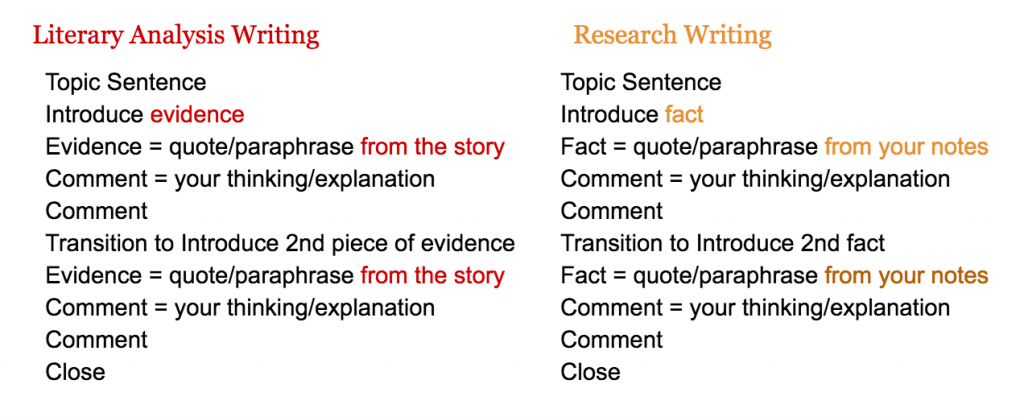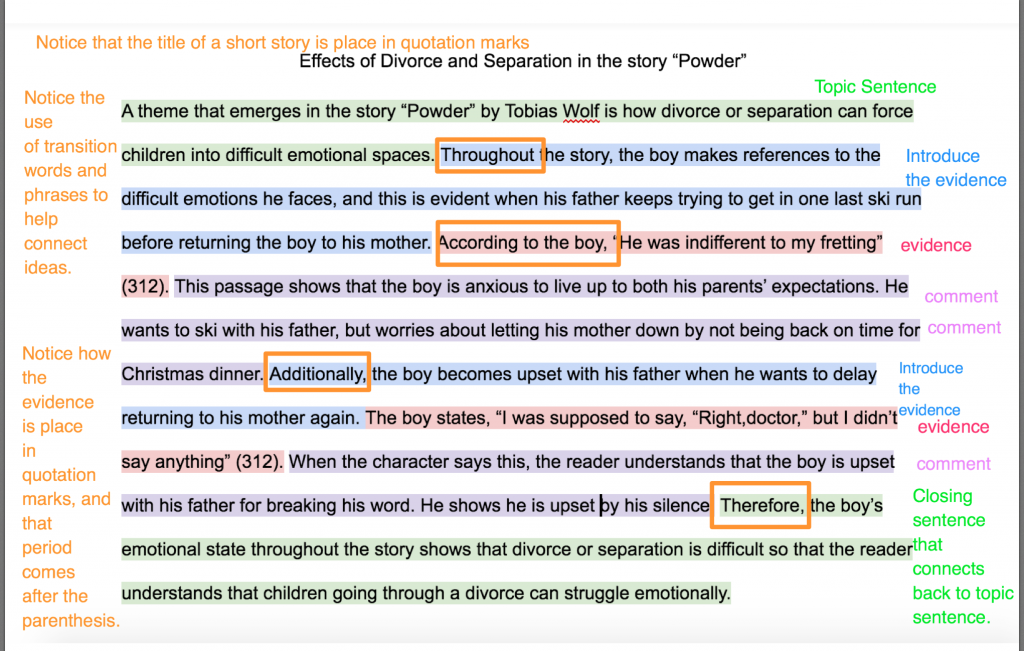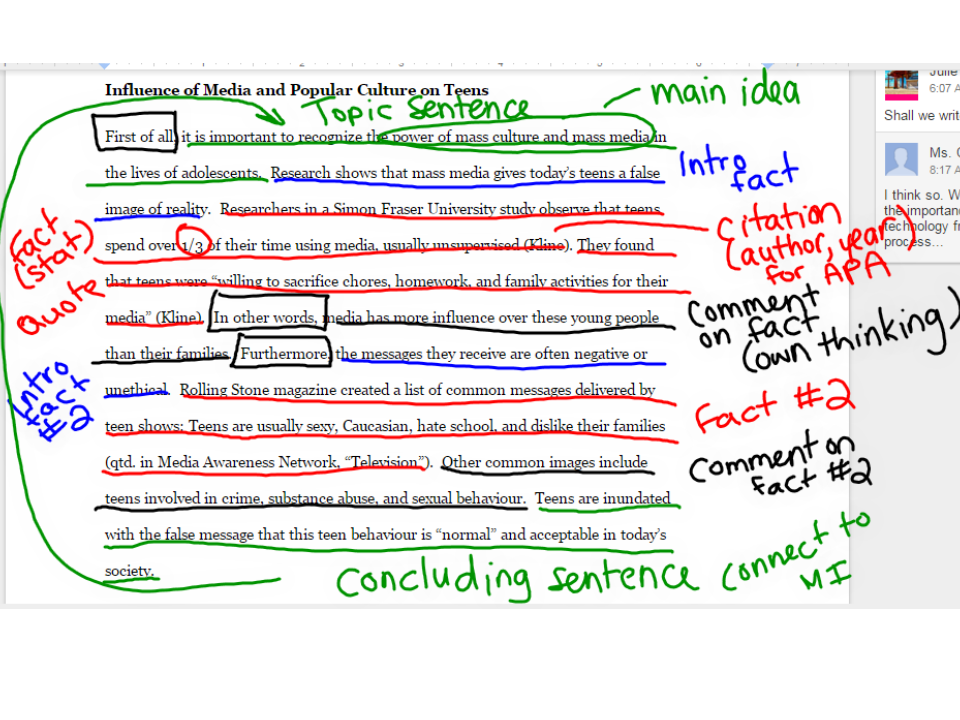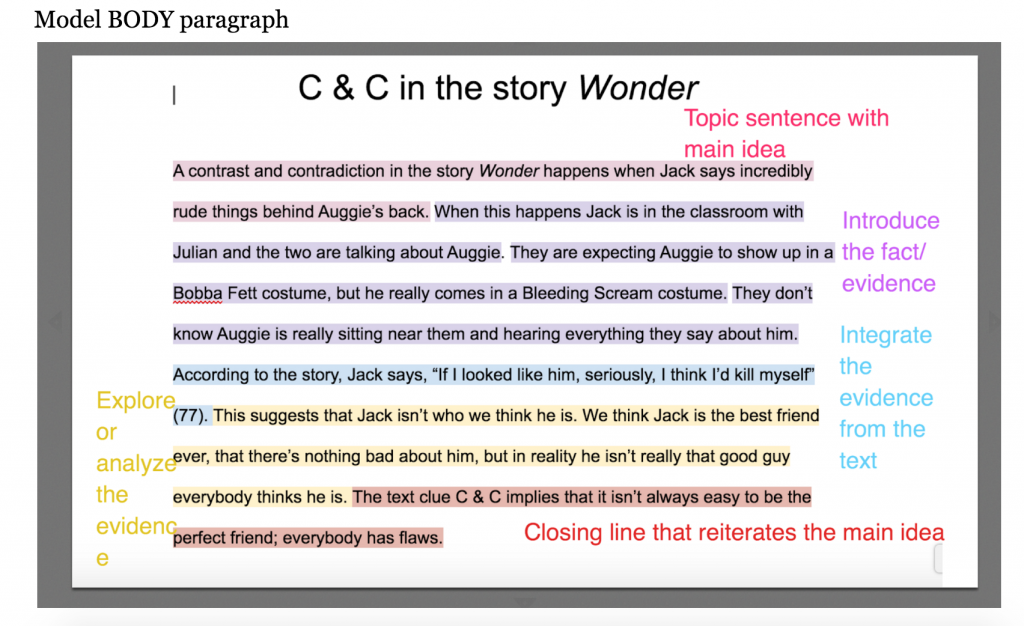Wednesday, May 25, 2016
Learning Goal
I am learning to
Select an appropriate media text to communicate my ideas;
Produce a media text for a specific audience and purpose;
Create a plan to act on my self-assessment of my media creation skills.
Read and track your thinking (journal, post-it notes)
Review Media Text Rubric once again. Use this to guide your work.
Once your build is finished, you will need to share it out. One way to do this is to create a screencast video. (See examples here). In your video, make sure to include the following:
- Your name, grade and class
- Explanation of what your built
- Explanation of how your build connects to your vision of reconciliation
- A tour of your build
If you have finished this, you need to work on finishing up your literary theme analysis on your novel.
Before you hand in your polished work, make sure that you have had a chance to peer edit.
Peer Editing sheet for literary analysis or ask me for one.
Remember to check and update the tracking sheet.




